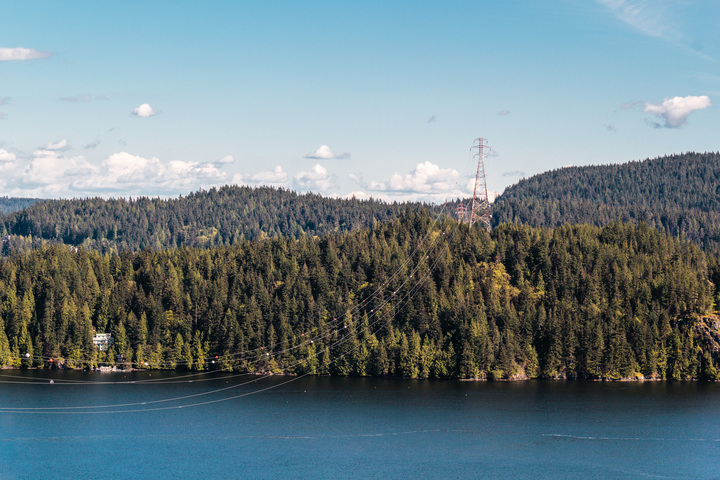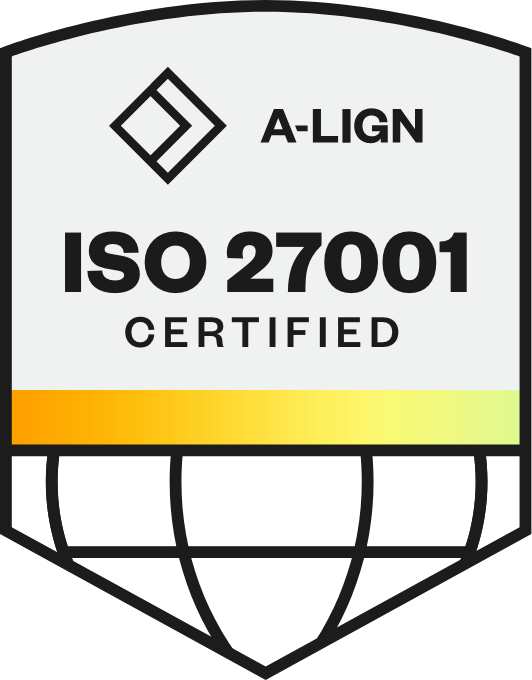
Manned and unmanned aerial inspection may be a niche topic, but it’s one that’s undoubtedly about to take off (no pun intended). The only questions are ‘how quickly’ and ‘where first?’. We think there’s a case to keep your eyes on Canada.
Owing to the devastating wildfires that ravaged much of Western America in 2020, we’ve dedicated a lot of focus to how advanced aerial powerline inspection programs can help prevent, mitigate and respond to disasters. However, much of the value of such investments lies in less dramatic scenarios; in the everyday but critical challenges of cost-effectively managing transmission networks while responding to the global clean energy transition.
In this respect, Canada might just be the perfect proving ground for showing the world the true value of advanced aerial powerline inspection. Let’s look at four reasons why.
1. European-style challenges at North American scale
As a California-headquartered company with roots in Finland, a lot of Sharper Shape’s work is with utilities in the States and in Europe, and there is a stark difference between the market landscapes. In the US, utilities’ most pressing concerns have recently been extreme weather events – most notably wildfires in the West, but also flooding and uncharacteristic freezes such as recently suffered in Texas. In Europe, this is vanishingly rare and the landscape is dominated by publicly-owned utilities looking for intelligent ways to cost-effectively manage their networks while adapting to the energy transition.
Though it does have its own problems with wildfires and extreme weather, Canada looks much more like the European scenario, but with one key difference: scale. The vast distances involved in Canadian power transmission dwarf anything in Europe, and when it comes to powerline inspection, that changes the value equation.
Traditional powerline inspection methods involving two humans in a truck are inefficient wherever they’re deployed – but at the Canadian scale, they’re downright ludicrous. The only way to do it is by air, whether that’s a manned inspection by helicopter, or using an unmanned aerial vehicle (UAV) – or drone – to collect the data. Which brings us to point two…
2. Canada is the sweet spot for BVLOS
BVLOS (beyond visual line of sight) is the holy grail for drone-based asset inspection programs. Drones are great, but as long as their flight is restricted to the sight-line of a human operator on the ground, they’re essentially operating with training wheels.
To successfully move to BVLOS operation, you need a few things. You need the best pilots in the business, you need a supportive regulator, and you need the right place i.e. straight lines through sparsely populated areas (in future urban areas too, but this is where to start).
Canada ticks the boxes. Volatus Aerospace maintains offices and pilots in most major provinces, East to West, and provides them with the very highest standard of training. In fact, the company is responsible for training much of Canada’s unmanned pilot workforce, even those not on its own payroll. That means, wherever you are in the country, you get the best pilots who know the region they’re flying – no flown-in talent from distant climes.
Second, Transport Canada has proven to be an admirably forward-thinking regulator. Currently, there are two levels of drone pilot certification in Canada – basic and advanced – which roughly correspond to the FAA’s requirements in the US. For non-standard flights, such as BVLOS missions, both countries require operators to acquire a waiver.
However, Canada plans to introduce in 2021 a third tier of certification that would allow pilots to undertake BVLOS flights in low-risk conditions without need for a waiver. This opens possibilities for transmission utilities with large stretches of line running through vast open areas or forest corridors. And it just so happens Volatus will be at the forefront of training to this level.
3. Canada’s progressive energy agenda
Canada is known as a green leader. In 2016, roughly 80% of its power was generated by zero-emissions sources, and it aims to boost that to 90% by 2030. Provinces also set their own targets for utility’s procurement of zero-emission sources.
This translates to increased need for powerline inspection, both for upgrading existing lines to handle new generation sources, or in adding new lines to connect them. It makes sense for utilities to do so in the smartest, most efficient way from the get-go.
4. The Sharper Shape and Volatus difference
If Canada has the right landscape and ambitions for advanced aerial powerline inspection, it also has the right suppliers. The partnership between Volatus and Sharper Shape delivers a proposition unmatched on the market. Volatus provides top-of-the-line drones, helicopters and major-league pilots, and Sharper Shape adds the industry’s most advanced sensors and most intelligent software.
By putting these elements together, Canadian utilities can benefit from cost-effective yet state-of-the-art data collection, while also maximizing use of that data through the best of AI, machine learning and analytics – a prime example of the Sharper Circle in action.
Now, by combining these four factors we have every reason to believe that Canada could be one of the leading countries demonstrating exactly what’s possible with advanced aerial powerline inspection, with lessons for those of us watching from the States, Europe and beyond.

